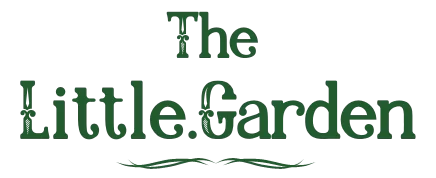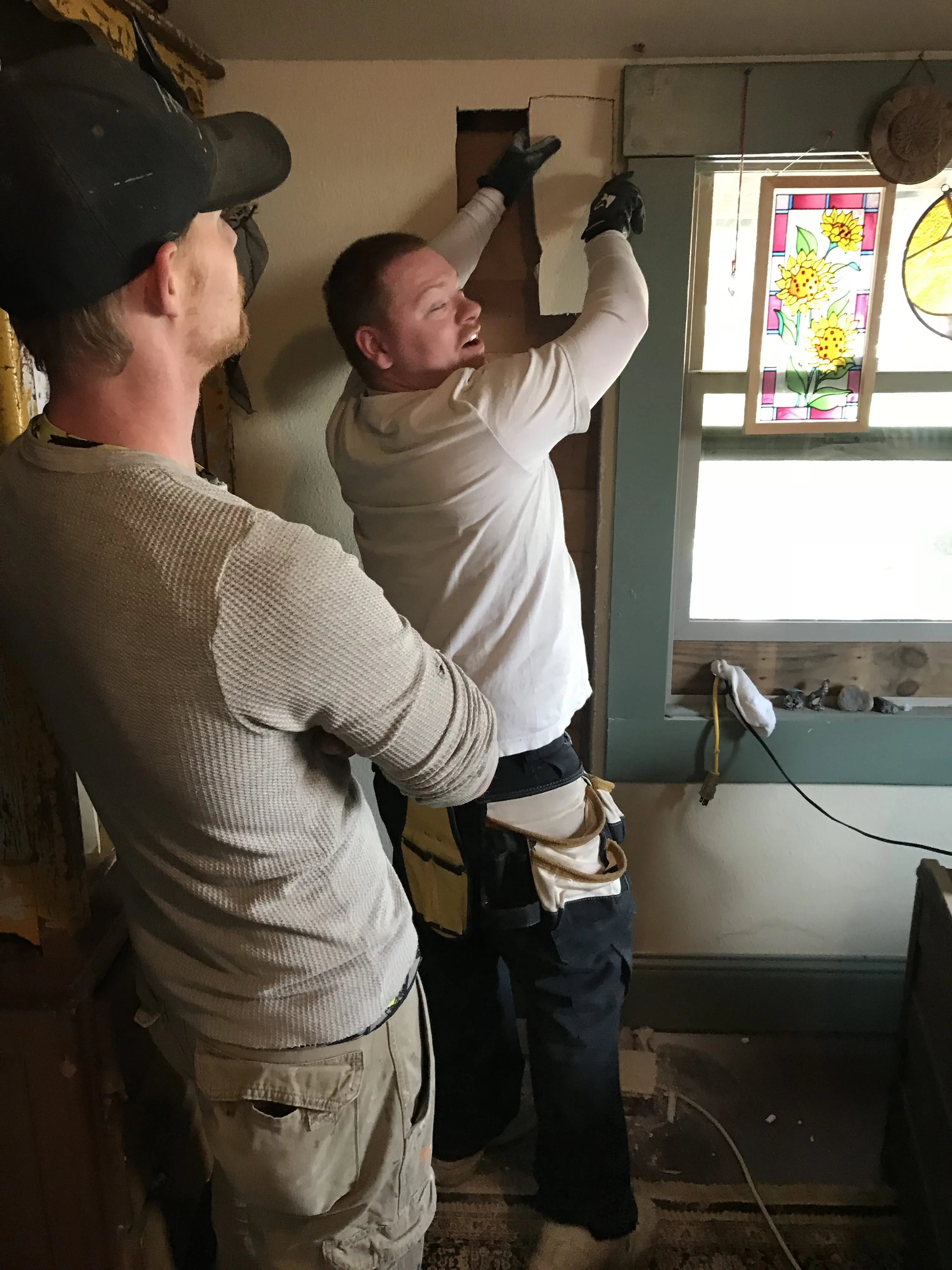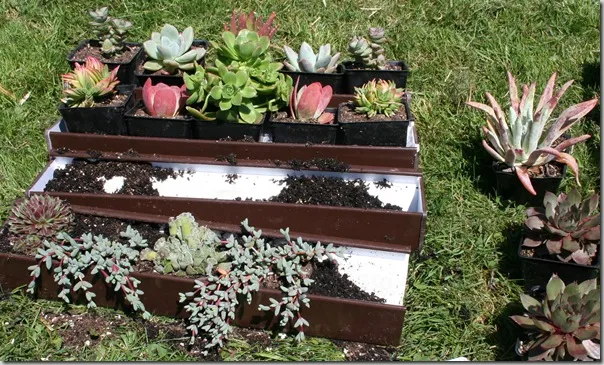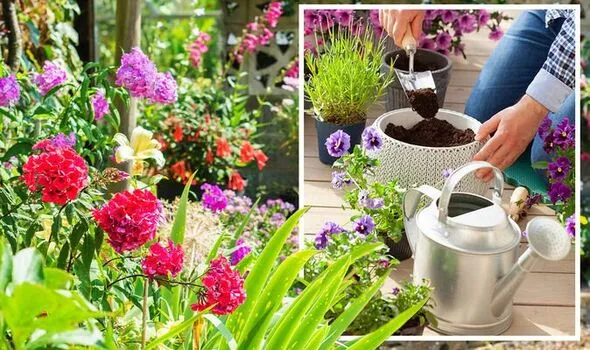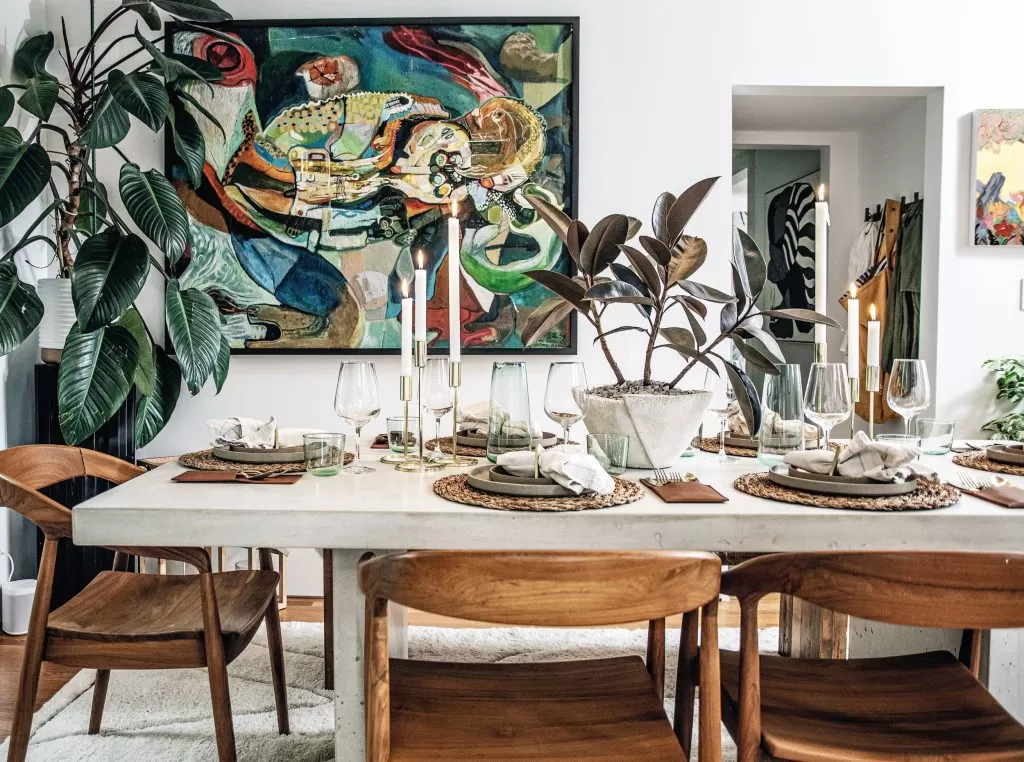- Transform limited indoor space into a thriving source of fresh food.
- Enjoy a continuous harvest of your favorite herbs, greens, and small edibles year-round.
- Discover simple DIY setups or explore sophisticated commercial vertical garden systems.
- Learn essential tips for location, lighting, growing medium, and ongoing plant care.
- Empower yourself to grow delicious, pesticide-free produce right inside your home.
Are you dreaming of homegrown tomatoes, fresh basil for your pasta, or crisp lettuce for salads, but think you don’t have the space? Many city dwellers or those with small yards believe the bounty of a garden is out of reach. But what if I told you that you could unlock incredible growing potential within the walls of your home, even in the most compact living situations? This guide is all about transforming those underutilized corners and vertical spaces into productive, beautiful indoor edible gardens by setting up compact indoor edible towers. Get ready to grow delicious, fresh food right where you live, connecting with nature and enjoying incredible flavor without needing acres of land!
Contents
- The Appeal of Edible Indoor Towers
- Benefits of Going Vertical Indoors
- Potential Challenges to Consider
- Choosing Your Edible Tower System
- Simple DIY Approaches
- Sophisticated Commercial Units
- The Best Edibles for Your Compact Tower
- Setting Up and Maintaining Your Indoor Edible Tower
- Location is Key
- Lighting Up Your Growth
- Soil or Hydroponics?
- Daily Care and Feeding
- Keeping Things Tidy
- Answering Your Indoor Tower Questions
The Appeal of Edible Indoor Towers
Choosing to grow food indoors, especially in a vertical or tower format, offers a unique set of advantages that make it incredibly appealing, particularly in today’s world where space is often at a premium.
Benefits of Going Vertical Indoors
Growing your own food is inherently rewarding – it saves money, reduces your carbon footprint by cutting down on transportation and packaging, and offers unparalleled freshness and flavor. Doing it indoors adds even more perks:
- Maximizing Space: Vertical gardening is the ultimate space-saver. Edible towers allow you to grow multiple plants stacked upwards, occupying just a small footprint on your floor. It’s perfect for apartments, small homes, or even just adding green to any room.
- Year-Round Harvest: Unlike outdoor gardening constrained by seasons and weather, an indoor edible tower lets you cultivate your favorite greens, herbs, and small vegetables throughout the year. Imagine harvesting fresh lettuce in the middle of winter!
- Controlled Environment: You are the master of your garden’s destiny. Indoors, you control light, water, nutrients, and temperature, leading to healthier plants and more predictable yields. You can minimize pests and diseases more easily than outdoors.
- Convenience and Accessibility: Your fresh produce is just steps away from your kitchen. This makes cooking with fresh ingredients effortless and encourages healthy eating. Vertical setups can also be more accessible for individuals with mobility challenges.
- A Touch of Green: Beyond the food, indoor gardens add beauty, life, and a calming presence to your home. The sight of thriving greenery can boost your mood and create a more inviting atmosphere.
 A tall indoor hydroponic vertical garden system growing lush green edible plants on multiple levels.
A tall indoor hydroponic vertical garden system growing lush green edible plants on multiple levels.
Potential Challenges to Consider
While the benefits are plentiful, it’s important to be aware of potential hurdles when embarking on your indoor edible tower journey. Most challenges are easily overcome with a little planning and knowledge:
- Initial Cost: Setting up a sophisticated indoor system, especially a commercial hydroponic or aeroponic tower, can require a higher upfront investment compared to simple pots. However, DIY options can significantly reduce this.
- Learning Curve: Indoor gardening, particularly using hydroponic systems, is different from traditional soil gardening. There’s a new set of skills to learn, from managing nutrients to understanding grow lights. Don’t be discouraged; every gardener starts somewhere!
- Environmental Control Needs: Providing adequate light, temperature, and sometimes humidity is critical. You might need to invest in grow lights, especially if natural light is insufficient.
- Protecting Your Space (and Your Plants): Depending on your setup, you might need measures to protect floors or walls from water spills. If you have curious pets or small children, ensuring the garden is safe and inaccessible to them is important.
For me personally, the joy of harvesting fresh food and watching plants thrive indoors far outweighs these initial considerations. With the right approach, anyone can succeed!
Choosing Your Edible Tower System
The term “indoor edible tower” can encompass various setups, from very simple stackable containers to complex automated vertical farms. Your choice will likely depend on your budget, technical comfort level, and desired yield.
Simple DIY Approaches
You don’t need fancy equipment to start growing vertically indoors. Many clever solutions can be built or assembled with common materials.
- Stacked Containers: Pots or containers of different sizes can be stacked creatively, or you can find purpose-built stackable planters designed to create a vertical effect.
- Shelving Units: Simple shelving provides multiple levels for plants in individual pots. Adding grow lights above each shelf allows you to control the light environment perfectly. This is a very flexible approach for different plant types.
 Simple indoor garden setup utilizing shelving units with plants growing under artificial lights.
Simple indoor garden setup utilizing shelving units with plants growing under artificial lights.
- Wall-Mounted Systems: Pockets or containers mounted directly onto a wall or support structure create a living wall of edibles. Ensure the wall can support the weight and consider water containment.
 Edible plants growing in a wall-mounted vertical garden system, ideal for saving space indoors.
Edible plants growing in a wall-mounted vertical garden system, ideal for saving space indoors.
These DIY methods are often soil-based, requiring appropriate potting mix and drainage solutions.
Sophisticated Commercial Units
If you’re looking for a more integrated, often automated system designed for optimal vertical growth, commercial edible towers might be for you.
- Hydroponic Towers: These systems circulate nutrient-rich water to plant roots, often using a pump. Plants are typically grown in small net pots filled with inert media like rockwool or clay pebbles. They can be highly efficient, using less water than soil.
- Aeroponic Towers: Similar to hydroponics, but the roots are suspended in air and misted with nutrient solution at regular intervals. This can lead to very fast growth due to increased oxygen access to the roots.
- Integrated Systems: Many commercial towers come with built-in grow lights, timers, and pumps, offering a relatively “plug-and-play” experience. They are designed to be space-saving and maximize plant density.
 A view showing the internal structure and root systems of a commercial indoor vertical edible garden tower.
A view showing the internal structure and root systems of a commercial indoor vertical edible garden tower.
Commercial systems often require a higher initial investment but can provide impressive yields and a streamlined growing process.
The Best Edibles for Your Compact Tower
When choosing plants for your indoor edible tower, think “compact.” While you won’t be growing corn or sprawling squash, there’s a vast array of delicious options perfectly suited for vertical and indoor environments. Look for plants that don’t require deep root systems or excessive horizontal space.
Here are some fantastic choices for your indoor edible tower:
- Microgreens: The ultimate quick win! These are seedlings of vegetables and herbs, harvested just after the first leaves appear. They are incredibly nutritious, grow in shallow trays (easily stacked or placed on tower levels), and are ready in days to a couple of weeks.
- Lettuce and Leafy Greens: Varieties like romaine, butterhead, oak leaf, spinach, kale, arugula, and chard are ideal. They have shallow roots and thrive in the consistent conditions of an indoor tower. Many are “cut-and-come-again,” meaning you can harvest outer leaves and the plant keeps producing.
- Herbs: A must-have! Basil, mint, cilantro, chives, parsley, oregano, thyme, and rosemary are perfect for compact spaces. Growing herbs indoors provides easy access to fresh flavor for your cooking.
- Radishes: These speedy root vegetables are among the few root crops suitable due to their fast growth and relatively small size. Ensure your system or containers offer enough depth for the radish to form its globe.
- Green Onions (Scallions): Skip the bulky bulb onions and grow these slender, flavorful greens instead. They are easy to grow and add a fresh bite to many dishes.
- Mini Carrots: Look for dwarf varieties like ‘Thumbelina’. While regular carrots need deep soil, these smaller cousins can work in systems that provide adequate depth in their modules.
- Strawberries: Ideal for tower systems with pockets or cascading designs. They add beauty and provide sweet, fresh fruit. Ensure they get enough light for flowering and fruiting.
- (Dwarf) Tomatoes and Peppers: Compact or dwarf varieties are essential here. While they need significant light to produce fruit, there are many smaller cultivars of tomatoes and chili peppers that are surprisingly productive in containers or tower pockets.
- Mini Peas: Varieties like ‘Tom Thumb’ dwarf peas are heirlooms that remain very small, making them suitable for container or tower growing where space is limited.
- Edible Flowers: Pansies, nasturtiums, and calendula add color and can be beautiful edible garnishes. They tend to be relatively compact and easy to grow.
 A shallow tray filled with vibrant microgreens ready for harvest, showcasing an easy indoor edible crop.
A shallow tray filled with vibrant microgreens ready for harvest, showcasing an easy indoor edible crop.
Consider trying one or two easy-to-grow options like microgreens, lettuce, or herbs when you first start to build confidence before expanding to more demanding plants like fruiting varieties.
Setting Up and Maintaining Your Indoor Edible Tower
Once you’ve chosen your system and your plants, the real fun begins: setting up and nurturing your compact indoor edible tower. Careful planning and consistent care are the keys to a thriving indoor garden.
Location is Key
Where you place your edible tower will significantly impact its success. Consider these factors:
- Light: This is often the most crucial element. Does the spot receive ample natural light (south-facing window is usually best in the Northern Hemisphere)? If not, you will need supplemental grow lights. Place the tower where light can reach all levels evenly.
- Accessibility: Choose a location where you can easily reach all plants for planting, harvesting, watering, and pruning.
- Proximity to Utilities: For hydroponic/aeroponic systems, you’ll need access to a power outlet for the pump and potentially a water source nearby for refilling the reservoir.
- Temperature: Most edible plants prefer standard room temperatures. Avoid placing towers near drafts, heating vents, or uninsulated windows that experience temperature extremes.
- Floor/Wall Protection: Especially with soil systems or if you’re prone to spills, consider placing a waterproof mat or tray underneath the tower.
Lighting Up Your Growth
Plants need light for photosynthesis, and for many edibles, simply being near a window isn’t enough, especially during shorter winter days or in non-ideal locations. Grow lights are often essential for robust growth and fruiting indoors.
- Types of Lights: LED grow lights are popular due to their energy efficiency and spectrum control. Fluorescent lights (like T5s) are also a viable and often more affordable option, particularly for leafy greens and herbs.
- Spectrum: Plants use different light wavelengths. Full-spectrum lights mimic natural sunlight and are suitable for all growth stages. Some growers use specific red and blue light combinations to optimize vegetative or flowering phases.
- Duration and Intensity: Most edibles require 12-16 hours of light per day. The intensity needed varies by plant type (leafy greens need less than fruiting plants). Position lights at the correct distance from the plants (follow manufacturer recommendations).
Don’t underestimate the importance of adequate light. Etiolated (stretchy and weak) growth is a sure sign your plants aren’t getting enough energy.
Soil or Hydroponics?
Your choice of growing medium depends on your system and preference.
- Soil-Based: If using pots or DIY containers on shelves, a high-quality, airy potting mix is necessary. Ensure containers have drainage holes to prevent waterlogging, and use trays to catch excess water. Soil provides some buffer for beginners but can be heavier and messier.
- Hydroponic/Aeroponic: These systems use inert media (like rockwool, coco coir, clay pebbles) for root support and deliver nutrients via water. This method can be faster and more water-efficient but requires precise nutrient mixing and pH balancing. Commercial kits usually simplify this with pre-mixed nutrients and instructions.
Daily Care and Feeding
Consistent attention is required for any garden, and indoor edible towers are no exception.
- Watering: How often you water depends heavily on your system (soil vs. hydro), plant type, light levels, and temperature. For soil, check moisture by sticking your finger about an inch deep; water when it feels dry. Hydroponic systems require regular monitoring of the water reservoir levels and circulation. Observe your plants – wilting can indicate thirst, while yellowing leaves can signal overwatering.
- Fertilizing: Edible plants are hungry! In soil, use a balanced organic fertilizer formulated for vegetables and herbs. Follow the product instructions carefully to avoid over-fertilizing. In hydroponic systems, you’ll add a liquid nutrient solution to the water reservoir. Use nutrients specifically designed for hydroponics and follow the system’s or nutrient line’s instructions.
- Air Circulation: Good airflow helps prevent fungal diseases and strengthens plant stems. A small fan directed gently at your plants can be beneficial.
Keeping Things Tidy
Maintenance goes beyond just watering and feeding.
- Pruning and Harvesting: Regularly harvesting your greens and herbs encourages bushier growth and prevents plants from getting too large for the system. For fruiting plants like tomatoes or peppers, you may need to prune suckers or excess foliage to manage size and direct energy into fruit production. Learn the specific pruning needs of your plants. Harvesting frequently also means you get to enjoy the fruits (or leaves) of your labor!
- Monitoring for Pests/Diseases: While less common indoors, pests like aphids or spider mites can still appear. Inspect your plants regularly. Catching problems early makes them much easier to manage, often just by wiping leaves or using organic insecticidal soap.
Answering Your Indoor Tower Questions
Starting something new always brings questions. Here are answers to some common queries about setting up compact indoor edible towers:
Do indoor gardens attract bugs?
It’s possible to encounter pests indoors, just like with houseplants. However, you’re unlikely to have large infestations of outdoor garden pests like beetles or slugs. Common indoor pests might include fungus gnats (often related to overwatering in soil), aphids, or spider mites. They tend to stay on the plants and can usually be managed effectively with careful monitoring and targeted treatments like insecticidal soap or neem oil.
When should you start plants for an indoor garden?
With sufficient artificial lighting, you can start plants any time of the year, regardless of the season outside. If you are relying primarily on natural light from a window, starting in late winter or early spring when daylight hours increase is often best, similar to timing for outdoor planting.
Will these types of gardens get your house dirty?
With proper setup, an indoor edible tower should not make your house significantly dirty. Use trays under soil-based systems, be careful when handling potting mix, and ensure your hydroponic system is sealed and doesn’t leak. Spills can happen, but they are usually minor and easily cleaned.
Can they work year-round?
Absolutely! One of the biggest advantages of indoor edible towers, especially those with supplemental lighting and climate control, is the ability to grow continuously throughout the year, providing fresh produce regardless of outdoor weather conditions.
Embarking on setting up compact indoor edible towers is a rewarding adventure that brings fresh food, beauty, and a sense of accomplishment into your home. It’s proof that even without a sprawling backyard, you can become a prolific gardener.
Ready to taste the difference homegrown makes? Start small, learn as you grow, and enjoy the incredible convenience and flavor of harvesting from your own indoor edible tower!
